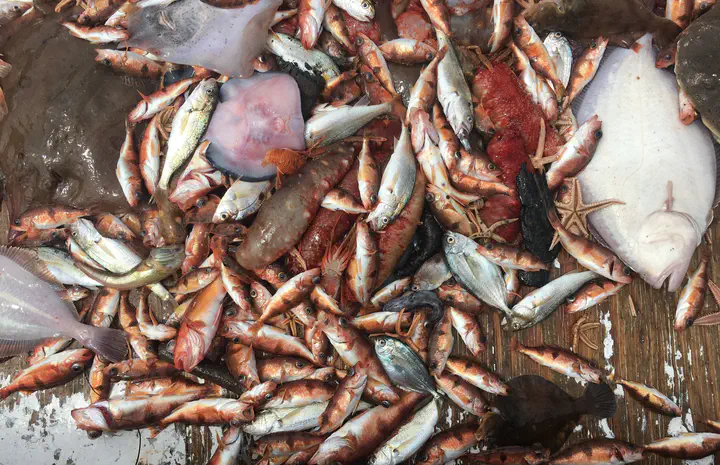Groundfishes and Oceanic Drivers

The California Current Ecosystem has experienced novel climate regimes, hypoxia, and marine heatwaves, and these events have the potential to impact marine species like groundfishes and their associated fisheries. Using bottom trawl survey data collected by NOAA Fisheries, we assessed changes over the last four decades in northern California Current continental shelf (≤ 200 m) groundfish assemblage composition, species’ presence, and their relationships to environmental variables. We found a separation in groundfish assemblages between bottom types and depth zones, with shallow, midshelf, or deep groupings, when using species found in over 1% of samples. Then, focusing on petrale sole, rex sole, lingcod, arrowtooth flounder, sablefish, English sole, Pacific sanddab, and Dover sole, we used statistical modeling to examine what environmental factors impact groundfish presence and abundance on the continental shelf. The climate indices tested were not significantly correlated with either species abundance or groundfish assemblages, while bottom temperature and depth were correlated with abundance for most groundfish species. Portions of the shelf that have experienced anomalous hypoxic events over the last two decades off the central Oregon and Washington coasts exhibit reductions in predicted probability of presence of hypoxia-intolerant species, while shallow-water groundfishes that tolerate warmer water, along with low dissolved oxygen concentrations, exhibit reductions offshore. There have been significant spatiotemporal changes in the shelf groundfish populations over the past several decades, and while assemblage composition over most of the shelf remains consistent, single species distributional shifts can change access to target species in newly reopened shelf areas.